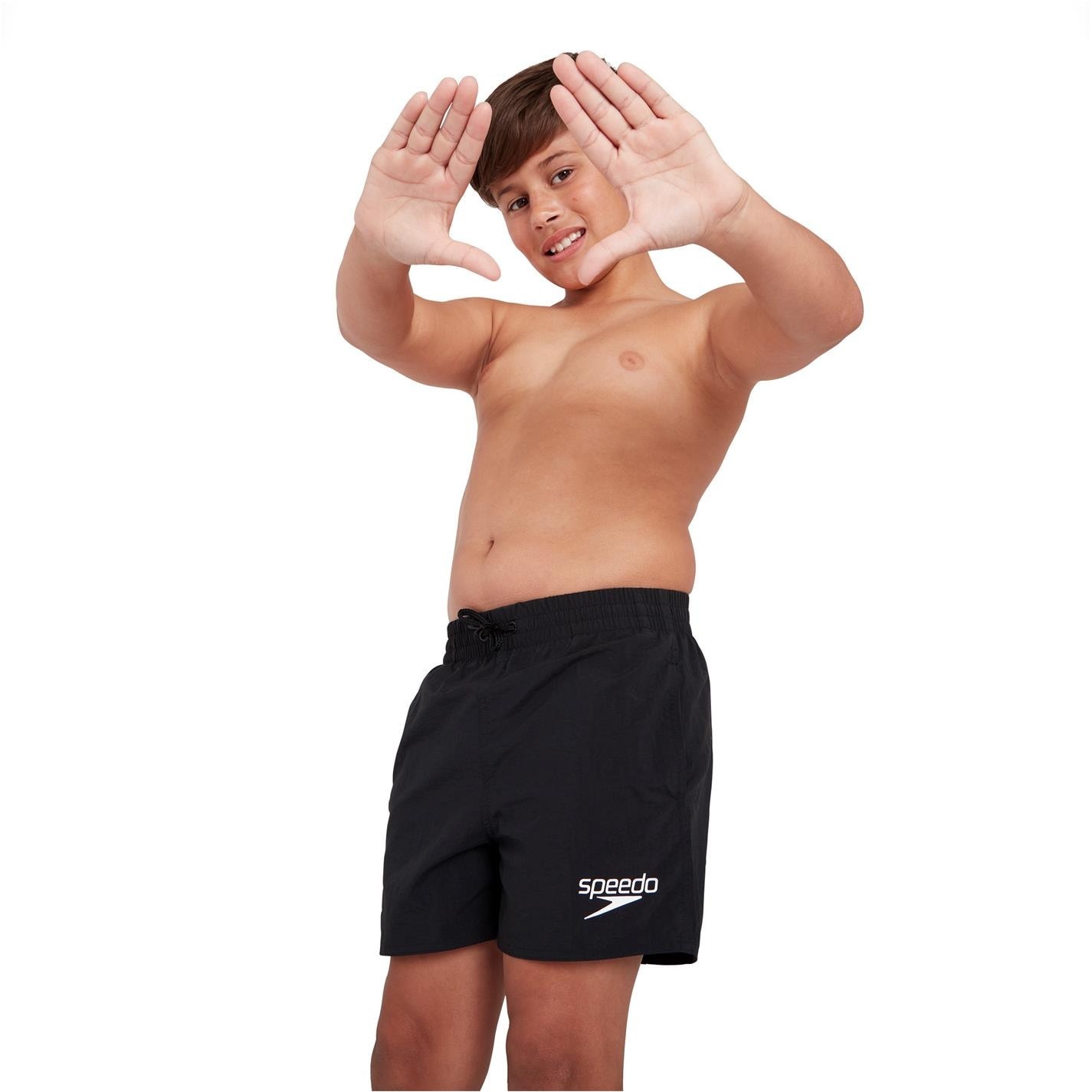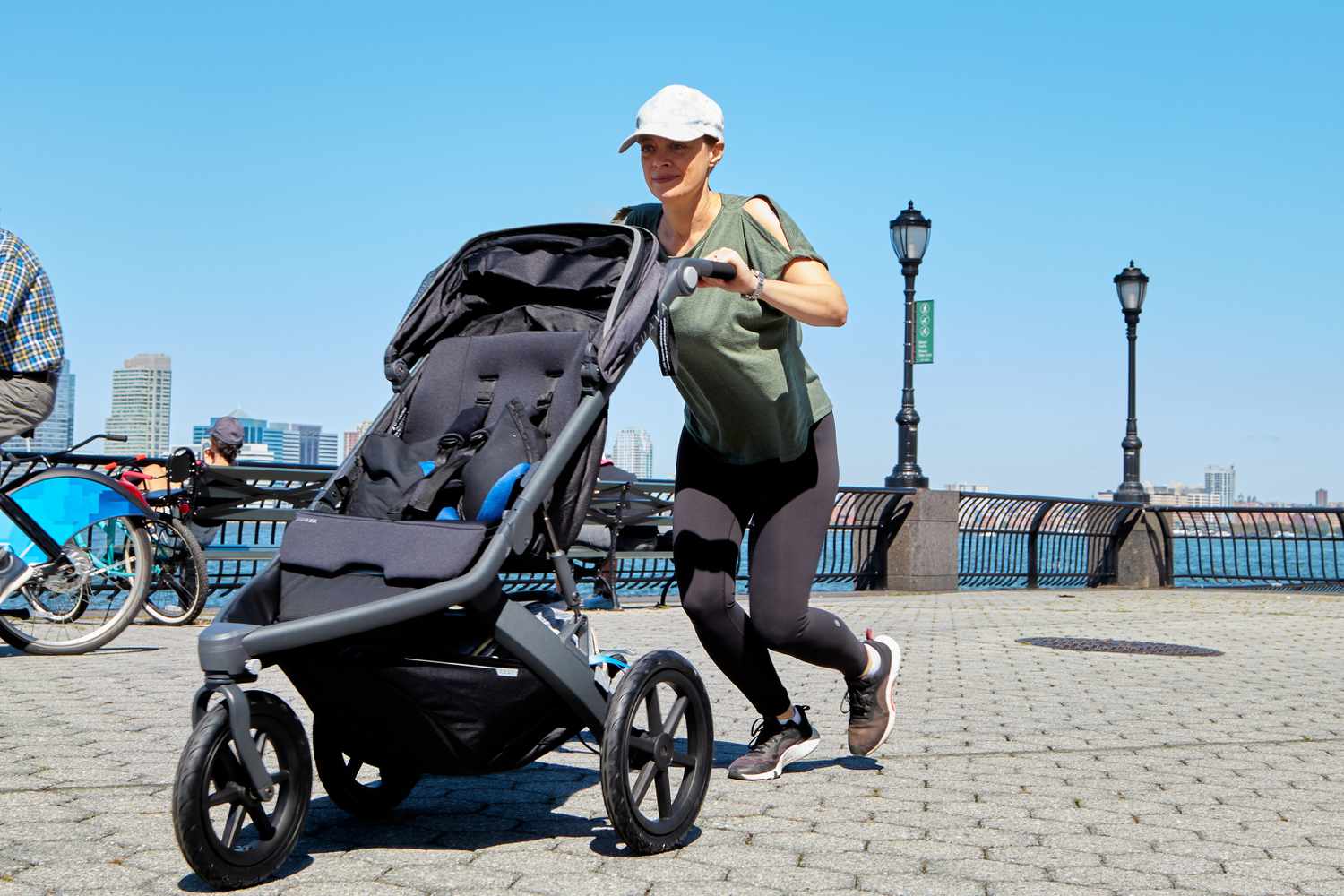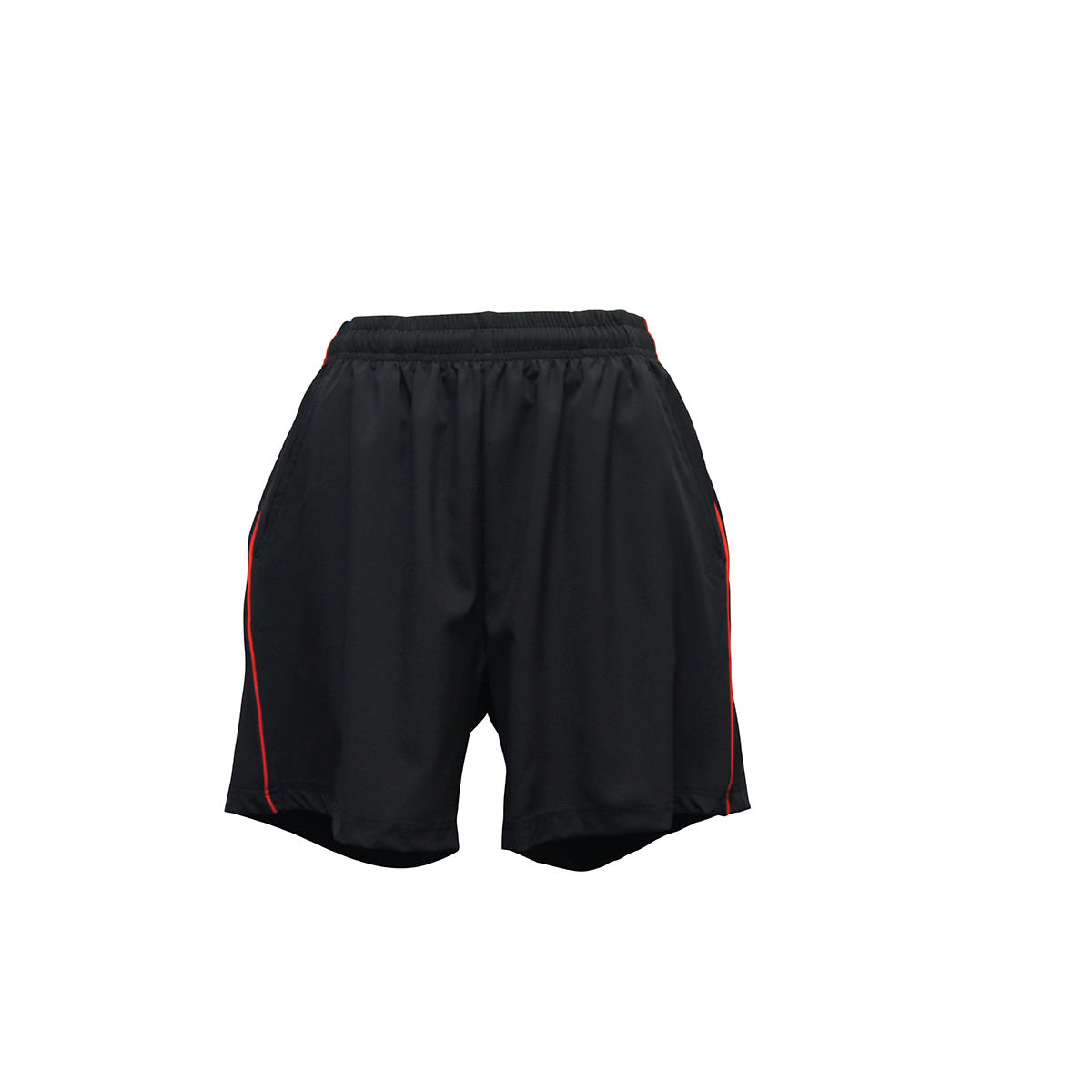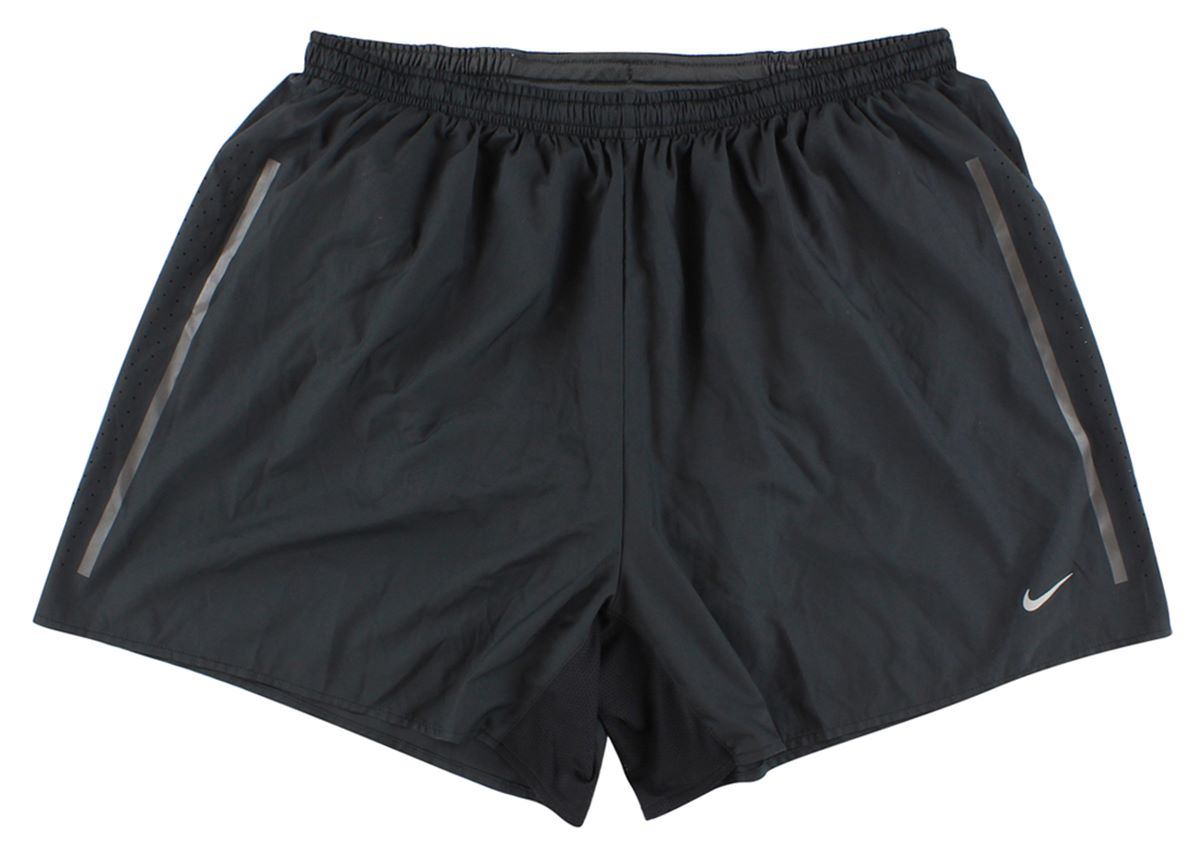Home>Misc>Featured>What To Consider When Buying A Fitness Tracker For Your Child
Featured
What To Consider When Buying A Fitness Tracker For Your Child
Modified: May 22, 2024
Looking for a featured fitness tracker for your child? Consider these important factors before making a purchase to ensure they are safe and motivated to stay active.
Introduction
In today’s digital age, where technology plays an integral role in our lives, it comes as no surprise that fitness trackers have become increasingly popular among adults. But did you know that fitness trackers are not only designed for grown-ups? There is now a rising trend of fitness trackers specifically tailored for children.
Introducing fitness trackers to children at a young age can have numerous benefits. It helps instill healthy habits, promotes physical activity, and encourages children to lead an active lifestyle. Not only do these devices track steps and calories burned, but they also provide insights into sleep patterns and heart rate, giving parents a comprehensive understanding of their child’s overall well-being.
However, choosing the right fitness tracker for your child can be quite a daunting task. With a multitude of options available in the market, it is important to consider several factors before making a purchase. In this article, we will explore the key considerations when buying a fitness tracker for your child.
Importance of Fitness Trackers for Children
In today’s increasingly sedentary lifestyle, it is more important than ever to encourage children to be active and adopt healthy habits. Fitness trackers can play a crucial role in achieving this goal. By wearing a fitness tracker, children can track their daily activity levels and strive to meet their fitness goals.
Fitness trackers provide real-time feedback and motivate children to engage in physical activity. They serve as a constant reminder to stay active and make healthier choices. With features like step tracking, distance covered, and calorie expenditure, fitness trackers make exercise fun and exciting for children.
Moreover, fitness trackers also help children establish a routine and develop discipline when it comes to physical activity. By setting daily step goals and challenging themselves to achieve higher levels, children learn the importance of consistency and perseverance.
Another benefit of fitness trackers for children is the ability to gamify their fitness journey. Many fitness trackers offer interactive features like rewards, badges, and competitions, turning exercise into a fun and engaging experience. This gamification aspect fosters a sense of achievement and encourages children to surpass their own limits.
Additionally, fitness trackers can help parents and guardians monitor their child’s activity levels. By syncing the fitness tracker to a mobile app, parents can track their child’s progress, sleep patterns, and even set reminders for them to move. This opens up avenues for discussions about health and well-being, fostering a sense of accountability and responsibility in children.
Overall, fitness trackers for children are not just gadgets; they are powerful tools that can positively impact their physical and mental well-being. By promoting physical activity, instilling discipline, and fostering healthy habits, fitness trackers play a vital role in helping children lead active and healthy lives.
Age and Size Considerations
When purchasing a fitness tracker for your child, it is essential to consider their age and size. Not all fitness trackers are suitable for every age group, and finding the right fit is crucial.
For younger children, it is important to choose a fitness tracker that is designed with their size and comfort in mind. Look for trackers with adjustable bands or those specifically designed for smaller wrists. Additionally, consider lightweight options that will not weigh down or hinder your child’s movement during physical activities.
For older children and teenagers, you can opt for trackers with more advanced features and larger displays. These devices may have additional functionality such as heart rate monitoring, sleep tracking, and GPS capabilities. However, remember that the size and weight should still be comfortable for your child to wear throughout the day.
Furthermore, consider the durability of the fitness tracker. Children tend to be more active and may engage in rough play or sports activities. Look for trackers that are sturdy and can withstand accidental drops or impacts without getting damaged.
It is also worth mentioning that some fitness trackers cater to specific age ranges. For instance, there are trackers targeted towards younger children that have simplified interfaces and interactive features suitable for their age group. On the other hand, there are trackers designed for older children and teenagers that offer more sophisticated tracking options.
Ultimately, choosing a fitness tracker that fits your child’s age and size is essential to ensure comfort, usability, and maximum engagement with the device. Take the time to consider these factors to find the perfect fit for your child’s wrist.
Activity Tracking Features
When buying a fitness tracker for your child, it is important to consider the specific activity tracking features that the device offers. These features will determine the type and accuracy of data collected, providing valuable insights into your child’s physical activity levels.
First and foremost, look for a fitness tracker that accurately tracks steps. This feature is essential as it measures your child’s movement throughout the day and encourages them to achieve their daily step goals. Some trackers even have a built-in reminder to move, which notifies your child when they have been inactive for too long.
In addition to step tracking, consider other activity tracking features such as distance covered, calories burned, and active minutes. Distance tracking gives you an idea of how far your child has moved, while calories burned provides an estimation of energy expenditure during physical activity. Active minutes indicate the duration of moderate to intense activity, allowing both you and your child to monitor their exercise intensity.
Heart rate monitoring is another valuable feature to consider. It provides real-time insights into your child’s heart rate during different activities, enabling a more accurate understanding of their exertion levels. This feature is especially important for older children involved in sports or rigorous physical activities.
Sleep tracking is an often-overlooked but important feature for children’s fitness trackers. Adequate sleep is crucial for their growth and development. Sleep tracking features provide data on the duration and quality of your child’s sleep, allowing you to monitor their sleep patterns and make necessary adjustments to promote healthier sleep habits.
Some advanced fitness trackers also offer GPS tracking capabilities. This feature is valuable for outdoor activities, as it allows you to track your child’s location during exercises such as running or cycling. GPS tracking provides additional safety and peace of mind for parents.
Ultimately, consider the activity tracking features that align with your child’s interests and goals. Whether it’s step tracking, heart rate monitoring, or sleep tracking, finding a fitness tracker that caters to their specific needs will enhance their overall fitness journey and motivation.
Durability and Water Resistance
When purchasing a fitness tracker for your child, durability and water resistance are important factors to consider. Children can be active and prone to accidents, so it’s crucial to choose a device that can withstand their daily activities.
Look for fitness trackers that are made with durable materials. Consider ones with a sturdy build, strong straps, and scratch-resistant screens. These features ensure that the tracker can withstand accidental drops, bumps, and general wear and tear that may occur during your child’s activities.
Water resistance is another key consideration, especially if your child enjoys water-based activities or tends to get their device wet. Look for fitness trackers that have a high level of water resistance or are specifically designed for swimming or water sports. These trackers can withstand water splashes, rain, or even full submersion in water, giving you peace of mind that the device will not be damaged.
It’s essential to note that not all fitness trackers are fully waterproof. Some may only be splash-proof or water-resistant to a certain depth. Ensure you read the specifications and check the level of water resistance before making a purchase.
Additionally, consider the ease of cleaning the fitness tracker. Children tend to get dirty, and their devices can accumulate sweat, dirt, or other substances. Look for trackers with materials that are easy to clean or have removable bands that can be washed separately.
By prioritizing durability and water resistance, you can ensure that the fitness tracker will withstand the active lifestyle of your child and maintain its functionality, even in challenging environments. This way, you won’t have to worry about the device getting damaged or malfunctioning during your child’s daily adventures.
Battery Life
Battery life is a crucial consideration when choosing a fitness tracker for your child. You’ll want a device that can keep up with their active lifestyle without needing frequent charging.
Look for fitness trackers with long battery life that can last for several days or even weeks on a single charge. This ensures that your child can wear the tracker consistently without interruptions, allowing for continuous activity tracking.
Consider the type of battery used in the tracker. Some fitness trackers use standard replaceable batteries, while others have built-in rechargeable batteries. Replaceable batteries can be convenient as you can carry extras and quickly swap them out when needed. On the other hand, devices with rechargeable batteries may require charging more frequently, but they eliminate the hassle of constantly buying new batteries.
In addition to battery life, consider the charging method of the fitness tracker. Some trackers use proprietary chargers, while others use standard USB cables or wireless charging. Think about the convenience and availability of the charging method. If the tracker uses a unique charger, ensure that it’s easy to use and that replacements can be easily obtained if needed.
It’s also worth checking if the fitness tracker has low battery notifications or reminders. These features can alert your child when the battery is running low, reminding them to recharge the device. This can be especially beneficial for older children who are responsible for their own device maintenance.
Remember to consider how the battery life may be affected by certain features and settings. For example, if the tracker has a bright screen or frequent notifications, it may drain the battery faster. Adjusting the settings or turning off unnecessary features can help maximize the battery life.
By choosing a fitness tracker with long battery life and considering the charging method, you can ensure that your child’s device remains functional for extended periods, reducing the need for frequent recharging and allowing for uninterrupted activity tracking.
Data Privacy and Security
Data privacy and security are important considerations when purchasing a fitness tracker for your child. As these devices collect and store personal information, it’s crucial to ensure that the data is protected and handled securely.
First and foremost, look for fitness trackers from reputable brands or manufacturers that prioritize user data privacy. Research the company’s privacy policy to understand how they collect, store, and use the data collected by the tracker. Pay attention to whether they share or sell data with third parties and if they take proper measures to safeguard the information.
Consider trackers that provide options for data encryption and secure data transmission. This ensures that the data transmitted between the tracker and the associated app is protected against potential breaches or unauthorized access.
Additionally, look for trackers that offer user authentication features. This means that the device can only be accessed and paired with authorized devices or accounts, providing an extra layer of security and preventing unauthorized access to your child’s data.
Parental control features are also important for data privacy and security. These features allow parents to have control over their child’s data and who can access it. Look for trackers that offer parental control options such as granting permission for data sharing, setting activity tracking limits, or even geofencing capabilities to monitor your child’s location.
It’s also advisable to teach your child about the importance of privacy and how to protect their data. Encourage them to set strong passwords for their accounts and explain the significance of not sharing personal information with others.
Remember to regularly update the firmware and software of the fitness tracker. These updates often include bug fixes and security patches that help protect against potential vulnerabilities.
By selecting a fitness tracker that prioritizes data privacy and security, you can ensure that your child’s personal information is handled responsibly and securely. This gives you peace of mind and allows your child to enjoy the benefits of the device without compromising their privacy.
Compatibility and Connectivity
When choosing a fitness tracker for your child, it’s important to consider its compatibility with their devices and the connectivity options available.
Start by checking the compatibility of the fitness tracker with your child’s smartphone or tablet. Ensure that the tracker is compatible with the operating system (iOS or Android) and the specific version they are using. This ensures that the tracker can sync seamlessly with their devices and allows them to access all the features and data through the associated app.
In addition to compatibility, consider the connectivity options available. Most fitness trackers use Bluetooth to connect and communicate with the companion app. Ensure that your child’s devices have Bluetooth capabilities and that the tracker has a reliable and stable Bluetooth connection. Some trackers may also offer Wi-Fi connectivity options, which can be useful for automatic data syncing and software updates.
Consider if the fitness tracker has the ability to connect and sync with other popular health and fitness apps. This allows you to consolidate your child’s fitness data in one place and potentially share it with healthcare professionals or other family members if needed.
It’s worth checking if the fitness tracker has a standalone display or if it requires constant connectivity to a smartphone or tablet to access the data. Standalone displays can be convenient for children who may not always have their devices with them, as they can easily view their activity metrics directly on the tracker.
Some fitness trackers allow for social connectivity features, where children can connect and compete with friends or family members who also use the same tracker or app. This can provide additional motivation and encourage healthy competition among peers.
Lastly, consider the range of the connectivity options. A strong and reliable connection is crucial to ensure that the data is accurately synced and communicated between the tracker and the associated app. A weak or intermittent connection can lead to data discrepancies and frustration for both you and your child.
By considering compatibility and connectivity options when selecting a fitness tracker, you can ensure seamless integration with your child’s devices and create a streamlined experience for tracking and monitoring their fitness journey.
User-Friendly Interface and App
The user interface and associated app of a fitness tracker play a significant role in the overall user experience, especially for children. It’s important to choose a tracker that offers a user-friendly interface and an intuitive app that can easily be navigated and understood.
When selecting a fitness tracker for your child, consider the display and controls of the device itself. Look for trackers with clear and easily readable screens, especially in different lighting conditions. If possible, opt for trackers with touchscreens or simple button controls that are easy for children to operate.
Consider the ease of navigating through different screens or menu options on the tracker. A straightforward and intuitive interface ensures that your child can easily access and understand their activity metrics, settings, and other features without confusion.
In addition to the device interface, pay attention to the user interface of the companion app. The app should have a simple and visually appealing design, making it easy for children to view and analyze their fitness data. Look for apps that offer clear and informative graphs, charts, or visuals to help your child understand their progress and achievements.
Consider if the app provides engaging and interactive features that can motivate your child to stay active. Some apps have challenges, rewards, or virtual badges that encourage children to reach their fitness goals and engage in healthy competition with friends or family members.
It’s important to check the compatibility of the app with your child’s device and ensure that it offers regular updates and bug fixes. Consider reading reviews and ratings of the app to get an idea of its performance and user satisfaction.
Furthermore, take into account any language preferences or localization options. If your child is more comfortable using the tracker and app in their native language, look for devices that offer multiple language options.
Ultimately, choosing a fitness tracker with a user-friendly interface and an intuitive app enhances the overall user experience for your child. It allows them to easily access and interpret their fitness data and keeps them engaged and motivated in their fitness journey.
Budget and Value for Money
When considering a fitness tracker for your child, it is important to factor in your budget and the value for money that the device offers. While there are numerous options available in the market, understanding the features and benefits of each device can help you make an informed decision.
Begin by setting a budget range that you are comfortable with. Fitness trackers can vary significantly in price, so it’s important to determine how much you are willing to spend. Keep in mind that higher-priced trackers may offer more advanced features or additional functionality, but they may not always be necessary for your child’s needs.
Consider the features that are most important to you and your child. Prioritize the features that align with your child’s fitness goals and activities. Determine which features are essential and which ones are nice-to-have but not necessary. This will help you find a balance between affordability and value.
Read reviews and compare different brands and models. Pay attention to the durability, performance, and overall customer satisfaction of the fitness trackers you are considering. This will give you a better understanding of the value that each device offers in relation to its price.
Don’t forget to consider the long-term costs of owning a fitness tracker. Some trackers may require the purchase of additional accessories, such as replacement bands or charging cables. It’s important to factor in these potential expenses into your budgeting decision.
Consider the warranty and customer support offered by the manufacturer. A longer warranty period and responsive customer support can provide additional peace of mind, especially when investing in a device for your child. Look for brands that have a good reputation for standing behind their products.
While it can be tempting to go for the most expensive or feature-packed fitness tracker, it’s important to make a decision based on the value it provides for your child’s specific needs. It’s possible to find a fitness tracker that offers a balance between price, features, and durability, providing the best value for your money.
Parental Control Features
Parental control features are a significant aspect to consider when purchasing a fitness tracker for your child. These features allow parents to have peace of mind and monitor their child’s activity while ensuring their safety and well-being.
Firstly, look for fitness trackers that offer GPS tracking capabilities. GPS tracking allows you to keep tabs on your child’s location, particularly useful when they are engaging in outdoor activities or when they are in unfamiliar settings. This feature ensures that you can quickly locate your child in case of an emergency or if they stray from their intended route.
Consider trackers that have geofencing capabilities. Geofencing allows you to set virtual boundaries or safe zones for your child. If your child ventures beyond these set boundaries, you will receive an immediate notification, ensuring that you are aware of their movements at all times.
Parental control features can also include activity tracking limits. This allows you to set specific goals or maximum time limits for your child’s daily activities. It ensures that they strike a healthy balance between physical activity and other responsibilities such as schoolwork or rest.
Some fitness trackers come with a built-in SOS or panic button feature. In an emergency situation, your child can press this button to send an alert to specified contacts or emergency services. This valuable feature adds an extra layer of safety and ensures that help is just a button press away.
Parental control features also extend to data sharing permissions. Look for fitness trackers that allow you to control who has access to your child’s data. This ensures that their personal information remains secure and protected.
It’s important to note that parental control features should be easy to set up and use. The associated app or software should provide clear instructions on how to enable and customize these features according to your preferences and your child’s needs.
By choosing a fitness tracker with robust parental control features, you can actively participate in your child’s fitness journey, promote their safety, and provide guidance to help them develop healthy habits and behaviors.
Conclusion
Choosing the right fitness tracker for your child is an important decision that requires careful consideration. By taking into account factors such as age and size considerations, activity tracking features, durability and water resistance, battery life, data privacy and security, compatibility and connectivity, user-friendly interface and app, budget and value for money, and parental control features, you can make an informed choice that best suits your child’s needs.
Fitness trackers provide a valuable tool to encourage physical activity, promote healthy habits, and instill discipline in children. They offer real-time feedback, gamification, and insights into activity levels, making exercise a fun and engaging experience. Additionally, fitness trackers can help parents monitor their child’s progress, sleep patterns, and overall well-being.
When selecting a fitness tracker, consider your child’s age and size to ensure a comfortable fit. Look for trackers with activity tracking features such as step counting, distance covered, and heart rate monitoring to provide a comprehensive view of their fitness journey. Durability and water resistance are crucial to withstand active lifestyles and potential accidents.
Battery life, data privacy and security measures, and compatibility with devices and apps are equally important. A user-friendly interface and app enhance the overall experience, while budget and value for money ensure you find the right tracker within your means. Finally, parental control features offer peace of mind and allow you to actively participate in your child’s fitness journey.
By considering these factors and making a well-informed decision, you can choose a fitness tracker that not only encourages your child to lead an active lifestyle but also provides a safe and enjoyable experience. Remember, the right fitness tracker can be a companion in their journey towards a healthier and happier life.








